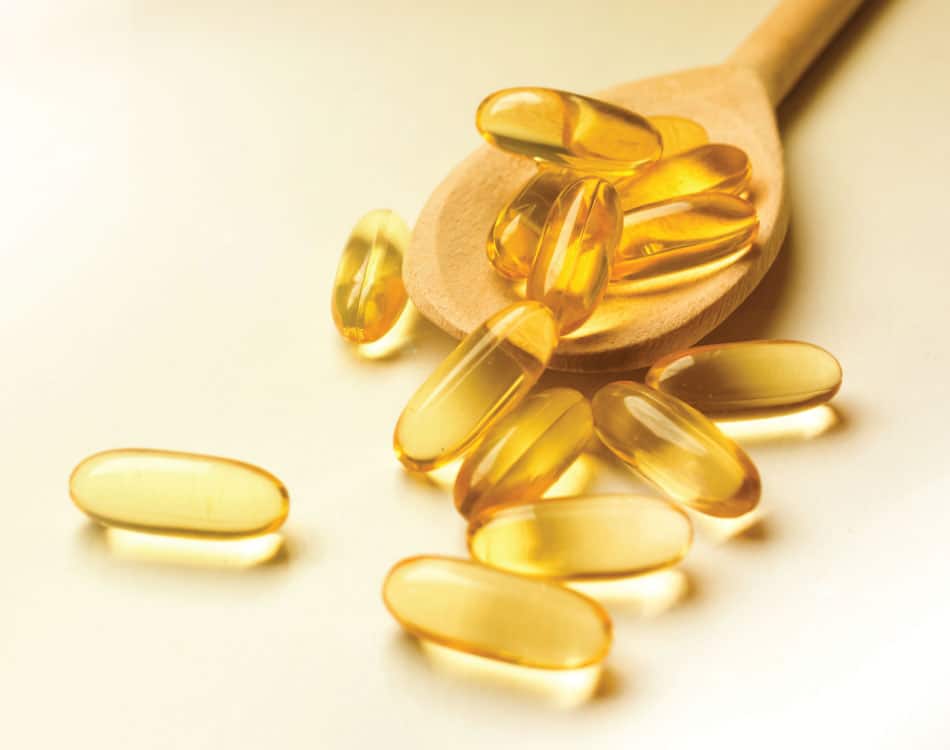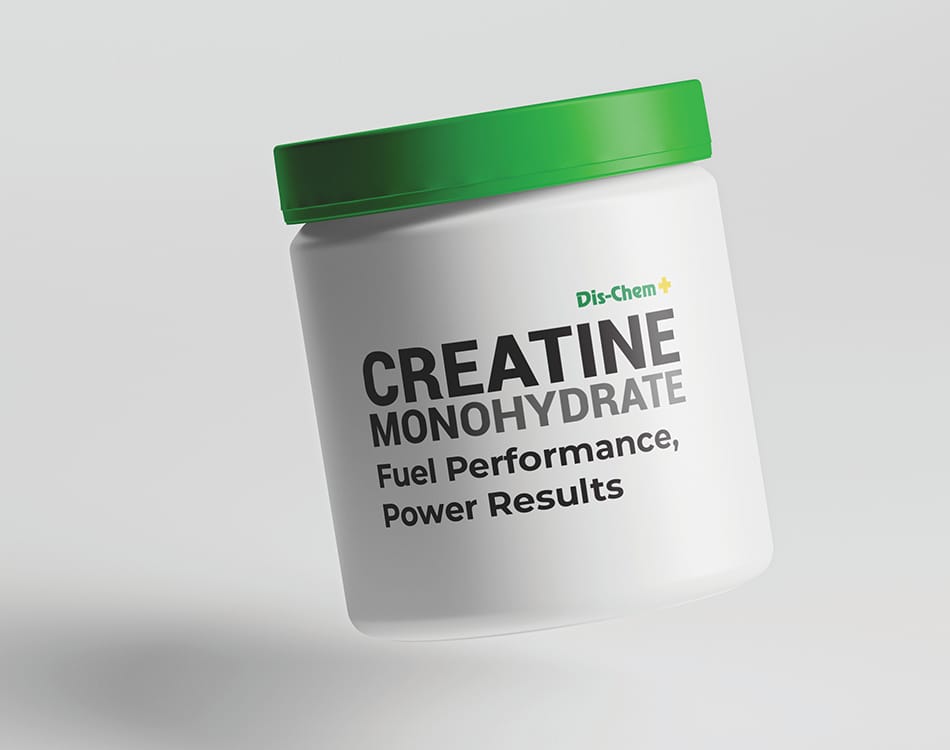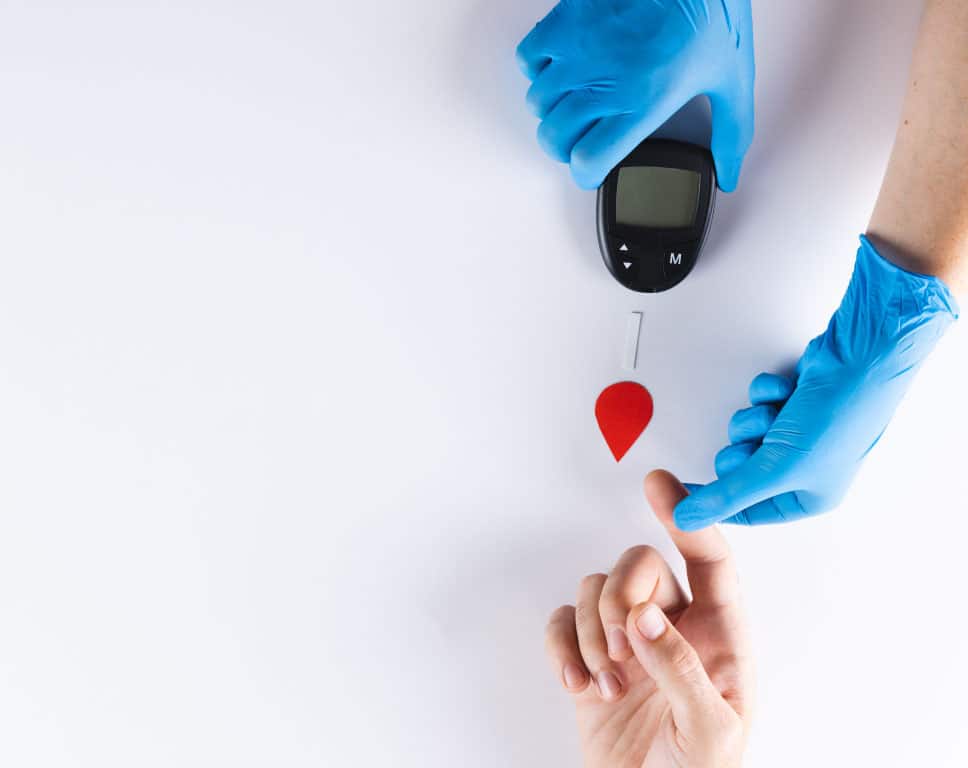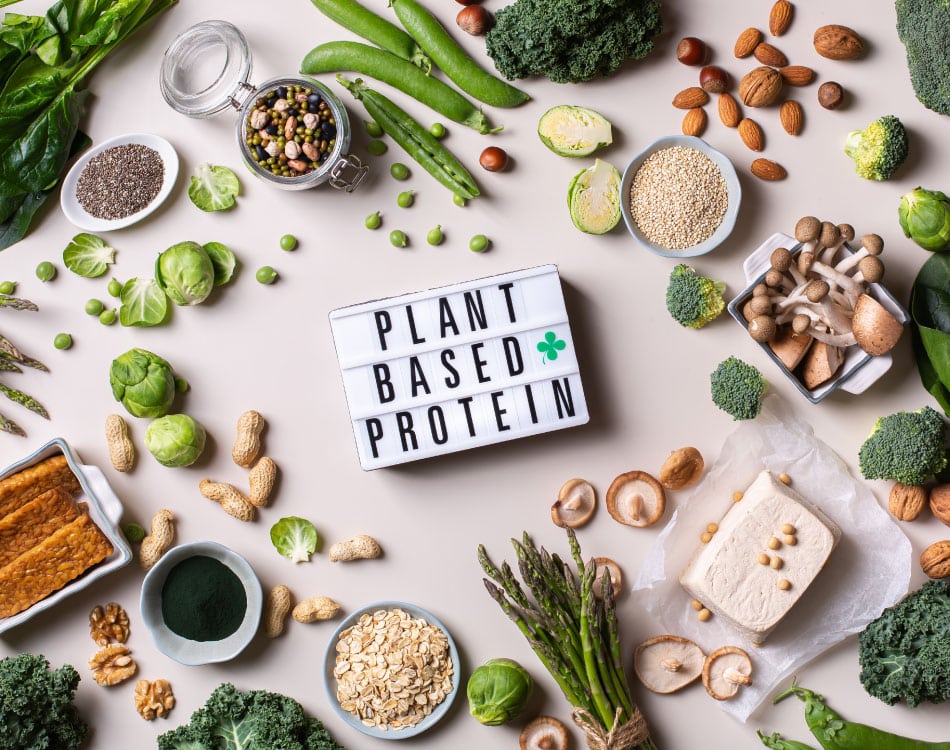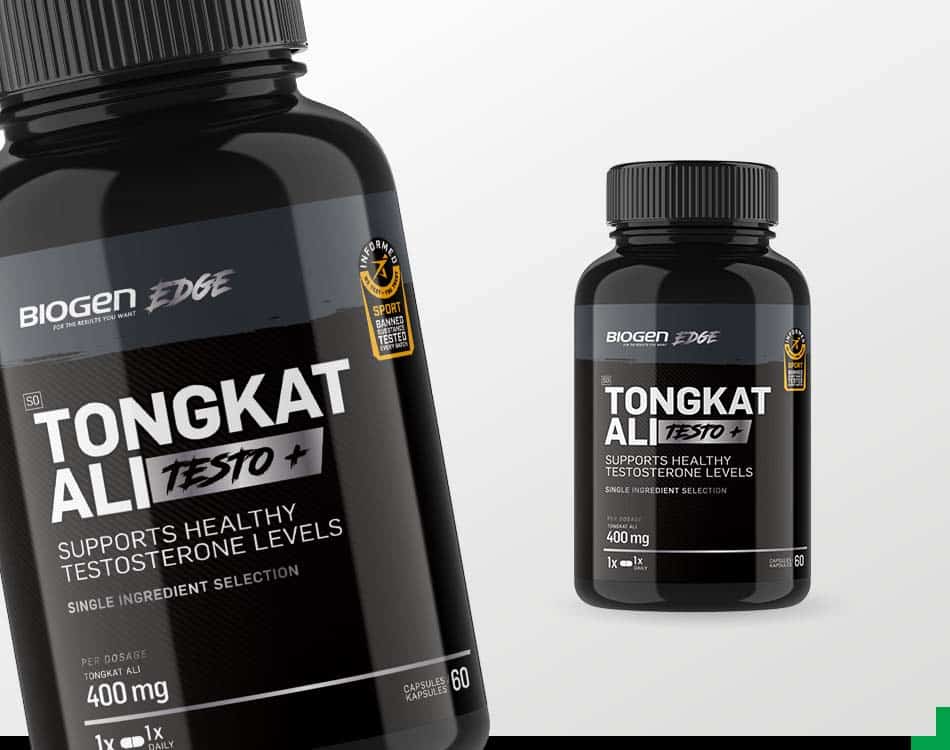Fats are critical for optimal health and bodily function, particularly the omega 3, 6 and 9 essential fatty acids (EFAs). This is everything you need to know about the omegas…
These fats are deemed essential because our bodies cannot produce them, which means we need to provide them from the food we eat and supplements we take.
The omegas fall into two categories:
- Monounsaturated fatty acid (MUFA) as it only has one double bond. Omega-9 is a MUFA.
- Polyunsaturated fatty acids (PUFA) category, named after their structure, with at least two (poly) carbon-carbon double bonds in their structure, includes omega-3 and omega-6, which are the most biologically significant PUFA classes1.
Omega-3 EFAs
The omega 3 fatty acids include the long-chain eicosapentaenoic acid (EPA) and docosahexaenoic acid (DHA), which are synthesized from alpha-linolenic acid (ALA)1.
These fats play a crucial role in various bodily functions, from brain, heart and eye health to inflammation reduction and skin health.
EPA provides anti-inflammatory activity2 while also enhancing the immune system3. It also provides numerous cardiovascular benefits1, such as lowering blood pressure and other cardiovascular risks.
DHA, present in fish oil and some marine algae, is important for the human body’s nervous system, including healthy vision4.
Excellent sources of omega-3-rich foods include fatty fish, such as salmon, mackerel, tuna, sardines, and herring, flaxseeds and chia seeds, walnuts, and soybeans and soy products.
Omega-6 EFAs
Omega-6 fatty acids play a crucial role in various bodily functions, from hair health5 to hormone regulation6.
Omega-6 fatty acids are synthesized from linoleic acid. They contribute to the skin’s barrier function7, helping to retain moisture and protect against irritants. They also support healthy hair growth.
In relation to hormone regulation, omega-6s are involved in the production of hormones, including prostaglandins, which regulate inflammation, blood pressure, and blood clotting.
Omega-6s are also essential for normal growth and development, especially during childhood8.
You find omega-6 fatty acids in foods such as grains, nuts and seeds, including wheat, corn, rice, sesame seeds, walnuts, and pine nuts, and various vegetable oils.
Omega-9 EFAs
Omega-9 fatty acids offer a range of health benefits related to heart health and function due mainly to their anti-inflammatory properties9.
Omega-9 fatty acids are abundant in many common foods, including soybeans, avocados, nuts and seeds, such as almonds, hazelnuts, pecans, sesame seeds and chia seeds, and olive oil, which is rich in oleic acid.
Finding the balance
Due to modern food processing practices, conventional diets tend to provide excessive amounts of omega-6 EFAs1.
The resultant imbalance that can have significant health implications as omega-6s are precursors to inflammatory compounds called eicosanoids.
An excess can contribute to chronic inflammation, linked to various diseases including heart disease, arthritis, autoimmune disorders and cognitive decline. Inflammation also plays a role in obesity as it can impact metabolic function and exacerbate insulin resistance.
As such, it is crucial to maintain a balance between omega-6 and omega-3 fatty acids. The ideal way to reduce your omega-6 intake and achieve the appropriate balance between omega-3s is to reduce your intake of processed foods, particularly those that contain manufactured vegetable oils.
It is also a good idea to cook with natural oils, opting for olive oil, avocado oil, or coconut oil over the processed variety made from vegetable oils.
Boost your intake
You can also increase your omega-3 intake, with supplements like Biogen Supreme Omega 3 or Dis-Chem Gold Omega 3 offering an easy and convenient source of EPA, DHA and ALA, especially if you struggle to consume enough omega-3-rich foods.
An adequate omega-3 intake is also crucial during pregnancy and while breastfeeding, as these periods are important for foetal and infant development. For these reasons, pregnancy supplements typically contain omega-3s, like Biogen Pregnancy Pack Omega+.
People with specific health conditions such as heart disease, rheumatoid arthritis, or depression may benefit from supplementation, but should only do so under medical guidance.
Those who follow a balanced diet and require additional omega EFAs in their diet can consider a product that combines omega 3, 6 and 9 in the ideal ratio.
While supplementing with omega EFAs is generally safe, it is recommended that you consult with a qualified healthcare professional or dietitian for individualised advice, especially if you suffer from underlying health conditions or take any medications.
References:
- Ander BP, Dupasquier CM, Prociuk MA, Pierce GN. Polyunsaturated fatty acids and their effects on cardiovascular disease. Exp Clin Cardiol. 2003 Winter;8(4):164-72. PMID: 19649216; PMCID: PMC2719153.
- Crupi R, Cuzzocrea S. Role of EPA in Inflammation: Mechanisms, Effects, and Clinical Relevance. Biomolecules. 2022 Feb 1;12(2):242. doi: 10.3390/biom12020242. PMID: 35204743; PMCID: PMC8961629.
- Gutiérrez S, Svahn SL, Johansson ME. Effects of Omega-3 Fatty Acids on Immune Cells. Int J Mol Sci. 2019 Oct 11;20(20):5028. doi: 10.3390/ijms20205028. PMID: 31614433; PMCID: PMC6834330.
- Guesnet P, Alessandri JM. Docosahexaenoic acid (DHA) and the developing central nervous system (CNS) – Implications for dietary recommendations. Biochimie. 2011 Jan;93(1):7-12. doi: 10.1016/j.biochi.2010.05.005. Epub 2010 May 15. PMID: 20478353.
- Le Floc’h C, Cheniti A, Connétable S, Piccardi N, Vincenzi C, Tosti A. Effect of a nutritional supplement on hair loss in women. J Cosmet Dermatol. 2015 Mar;14(1):76-82. doi: 10.1111/jocd.12127. Epub 2015 Jan 8. PMID: 25573272.
- Ouladsahebmadarek E, Khaki A, Khanahmadi S, Ahmadi Ashtiani H, Paknejad P, Ayubi MR. Hormonal and metabolic effects of polyunsaturated fatty acid (omega-3) on polycystic ovary syndrome induced rats under diet. Iran J Basic Med Sci. 2014 Feb;17(2):123-7. PMID: 24711896; PMCID: PMC3976750.
- Balić A, Vlašić D, Žužul K, Marinović B, Bukvić Mokos Z. Omega-3 Versus Omega-6 Polyunsaturated Fatty Acids in the Prevention and Treatment of Inflammatory Skin Diseases. Int J Mol Sci. 2020 Jan 23;21(3):741. doi: 10.3390/ijms21030741. PMID: 31979308; PMCID: PMC7037798.
- Ryan AS, Astwood JD, Gautier S, Kuratko CN, Nelson EB, Salem N Jr. Effects of long-chain polyunsaturated fatty acid supplementation on neurodevelopment in childhood: a review of human studies. Prostaglandins Leukot Essent Fatty Acids. 2010 Apr-Jun;82(4-6):305-14. doi: 10.1016/j.plefa.2010.02.007. Epub 2010 Feb 25. PMID: 20188533.
- Farag MA, Gad MZ. Omega-9 fatty acids: potential roles in inflammation and cancer management. J Genet Eng Biotechnol. 2022 Mar 16;20(1):48. doi: 10.1186/s43141-022-00329-0. PMID: 35294666; PMCID: PMC8927560.

